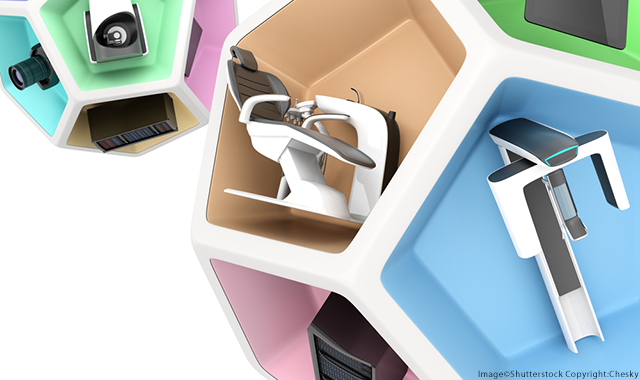The innovation that has changed my practice the most
Innovative new technologies are pushing dentistry forward-but some technology stands out above the rest.

New technology is always exciting, but its introduction is rarely without worry.
Dental technology is expensive, and its installation can be disruptive not only in the physical sense, but also in its incorporation into well-established routines and processes. Taking the leap to invest in an expensive piece of equipment can intimidate even the most experienced provider.
CBCT technology was the talk of the endodontics world in the early part of this decade. Manufacturers advertised in all the journals and were major sponsors at the AAE Annual Session. Residency programs around the country were installing machines, and talk was that CBCT imaging would become standard of care in endodontics practice. I read the literature, went to lectures and chatted frequently with students and colleagues on the indications for using CBCT technology.
Trending article: What the future holds for digital dentistry
I began sending the occasional case over to my oral surgeon or periodontist who used the machine for their implant cases and learned to read and incorporate their findings into my own endodontic diagnosis and treatment planning. I sent over surgical cases and found that it became a useful adjunct when my traditional diagnostic skill set and imaging techniques were insufficient. Before long, I was sending over one or two cases per week. Reaching this threshold was important, as I realized that keeping the fees for these cases in house would allow me to pay the estimated monthly financing charges a new machine would bring. I took the leap.
I feared the disruption this new technology would have on the physical space in my office, on my staff’s time and on my overhead. I worried that my patients would be intimidated by the machine, upset by the (nominally) increased radiation and cost associated, and resistant to the images.
I was wrong. Incorporating a CBCT into my practice has created a paradigm shift in the way that I practice. Based on guidelines, there are certain cases where we take CBCTs routinely - suspected root fractures, failing endo, non-surgical retreatment and surgical planning, trauma and resorption - but so many more situations where it is useful. Any inconsistencies in my diagnostic exam call for a CBCT. Any funny radiolucencies that just might not be endodontic pathology do as well. In cases with suspected fractures, I take a CBCT and can know before treatment is initiated if there is expected root involvement. My treatment is no longer exploratory as I can anticipate nuances, such as coronal fractures extending into root structure or unexpected resorption, that would previously result in downgrading my root canal therapy to pulpal debridement and recommended extraction. I can anticipate the locations of canals and additional anatomy, making my procedures more efficient and thorough. I find that in my specialty practice where most of our cases are complex, I am taking CBCTs on more patients than I am not.
Trending article: The 5 most commonly asked questions about CBCT
My patients are on board. They hear from their dentists prior to referral that this technology might be used to aid in their care. CBCT imaging is oftentimes factored into their dentist’s reason for their referral, so they expect it. I review the images with my patients, and it has turned into an amazing teaching tool as well as an unlikely marketing device, as it excites my patients about the possibility of care in our office. Patients rarely question the radiation exposure or cost, as we present the CBCT image as not only routine but a non-invasive aid to providing the best care.
Now, my CBCT image is an office workhorse. I rely on the machine as my second opinion to confirm a suspected diagnosis. I use it to educate my patients on the importance and complexity of the care I am giving. I feel anxious about missing something in the cases where I do not take a CBCT image. I fear the day that my machine malfunctions. And don’t tell my sales representative, but I’m even considering an upgrade.